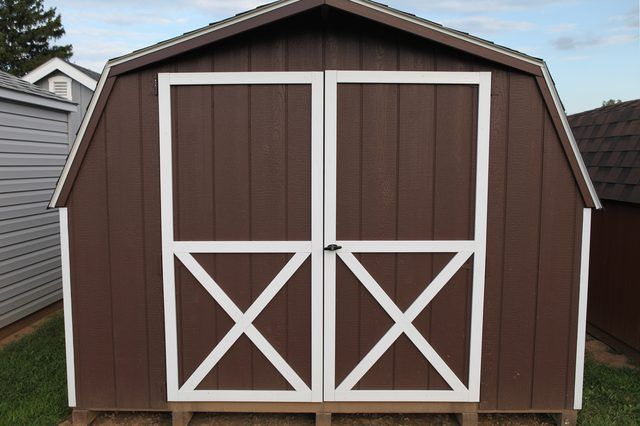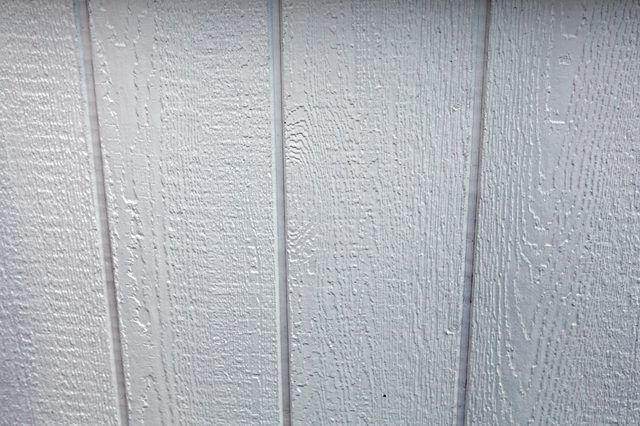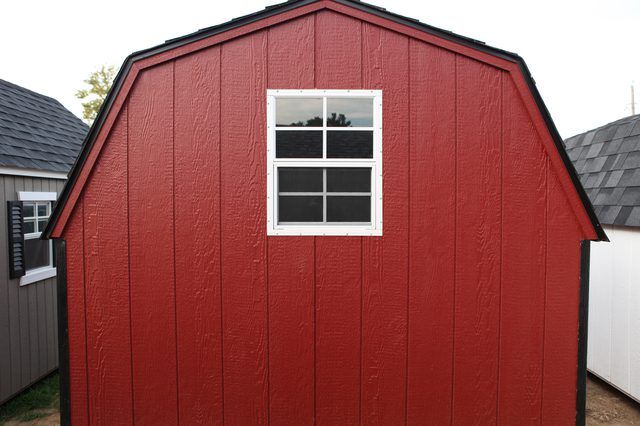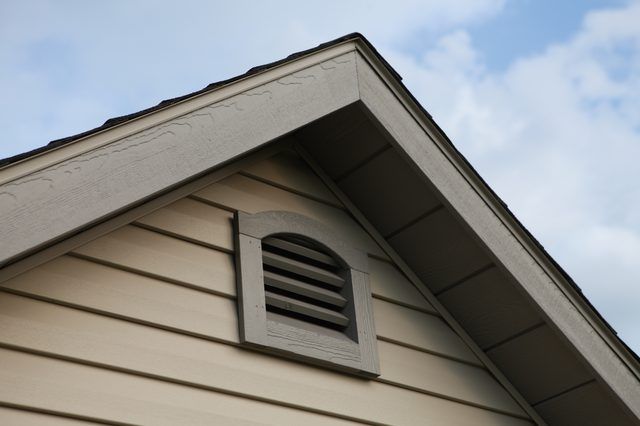Bulbs
Flower Basics
Flower Beds & Specialty Gardens
Flower Garden
Garden Furniture
Garden Gnomes
Garden Seeds
Garden Sheds
Garden Statues
Garden Tools & Supplies
Gardening Basics
Green & Organic
Groundcovers & Vines
Growing Annuals
Growing Basil
Growing Beans
Growing Berries
Growing Blueberries
Growing Cactus
Growing Corn
Growing Cotton
Growing Edibles
Growing Flowers
Growing Garlic
Growing Grapes
Growing Grass
Growing Herbs
Growing Jasmine
Growing Mint
Growing Mushrooms
Orchids
Growing Peanuts
Growing Perennials
Growing Plants
Growing Rosemary
Growing Roses
Growing Strawberries
Growing Sunflowers
Growing Thyme
Growing Tomatoes
Growing Tulips
Growing Vegetables
Herb Basics
Herb Garden
Indoor Growing
Landscaping Basics
Landscaping Patios
Landscaping Plants
Landscaping Shrubs
Landscaping Trees
Landscaping Walks & Pathways
Lawn Basics
Lawn Maintenance
Lawn Mowers
Lawn Ornaments
Lawn Planting
Lawn Tools
Outdoor Growing
Overall Landscape Planning
Pests, Weeds & Problems
Plant Basics
Rock Garden
Rose Garden
Shrubs
Soil
Specialty Gardens
Trees
Vegetable Garden
Yard Maintenance
How to Keep Sheds Cool in Summer
How to Keep Sheds Cool in Summer. The temperature of garden sheds fluctuates with the seasons. As the mercury rises in the summer, your garden shed turns into a backyard oven. You don't have to roast when you work in your outdoor shed during summer. A few modifications will keep your shed cooler to protect the contents and keep you comfortable.
The temperature of garden sheds fluctuates with the seasons. As the mercury rises in the summer, your garden shed turns into a backyard oven. You don't have to roast when you work in your outdoor shed during summer. A few modifications will keep your shed cooler to protect the contents and keep you comfortable.

Dark colors absorb heat, causing an overall increase in temperature. If your shed is a dark color, give it a lighter look. The light colors help reflect solar radiation and keep down the temperature inside. Paint the exterior of the shed a light color, such as white, beige or light gray. If the shed has dark shingles, replace them with light-colored shingles. Your new light-colored shingles might even last longer since they won't expand and contract as much, according to Home Advisor.

Shading the shed keeps it out of direct sunlight, which keeps the structure cooler. One option is to move the shed to a shady area of the yard if you already have established trees. Avoid trees that might drop sap or lots of debris on the shed throughout the growing season. If you don't have shade or don't want to move the shed, add your own shade. Consider planting trees in the area of the shed. Just don't plant them so close that the roots and branches damage the shed as the trees grow. Tall trellises with vines growing on them can also create some cooling shade. Another option is to install shade sails that provide shade over the shed. The sails can come down during the winter when you want the sun to heat the shed.

If your shed has windows, awnings are an option for adding shade. The awnings block the sun that shines through the window, which helps cool the shed. The window covers also protect items in the shed from direct sunlight. Fixed awnings are usually the cheapest option. You can also choose retractable awnings that fold up when you want the sun to shine in. This allows the sun to warm your shed in the winter.

A basic garden shed may lack ventilation. If your shed is always hot in the summer, adding vents can create cooling circulation by drawing air out of the shed. Ventilation also reduces moisture to keep your shed dry. You have the option of either a basic vent that allows the air to flow in on its own or a fan-powered vent. Another option is to add more windows to the shed and open them to create a cross breeze that helps cool the space.
